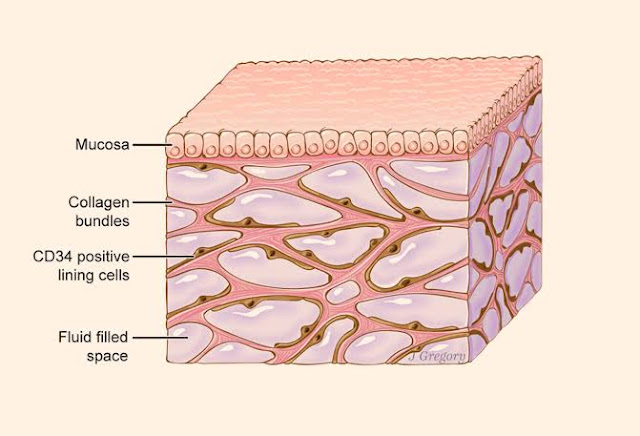Tissue-based map of the human proteome, Protein expression across human tissues
Sequencing the human genome gave new insights into human biology and disease. However, the ultimate goal is to understand the dynamic expression of each of the approximately 20,000 protein-coding genes and the function of each protein. Uhlén et al. now present a map of protein expression across 32 human tissues. They not only measured expression at an RNA level, but also used antibody profiling to precisely localize the corresponding proteins. An interactive website allows exploration of expression patterns across the human body.
Structured Abstract
INTRODUCTION
Resolving the molecular details of proteome variation in the different tissues and organs of the human body would greatly increase our knowledge of human biology and disease. Here, we present a map of the human tissue proteome based on quantitative transcriptomics on a tissue and organ level combined with protein profiling using microarray-based immunohistochemistry to achieve spatial localization of proteins down to the single-cell level. We provide a global analysis of the secreted and membrane proteins, as well as an analysis of the expression profiles for all proteins targeted by pharmaceutical drugs and proteins implicated in cancer.
RATIONALE
We have used an integrative omics approach to study the spatial human proteome. Samples representing all major tissues and organs (n = 44) in the human body have been analyzed based on 24,028 antibodies corresponding to 16,975 protein-encoding genes, complemented with RNA-sequencing data for 32 of the tissues. The antibodies have been used to produce more than 13 million tissue-based immunohistochemistry images, each annotated by pathologists for all sampled tissues. To facilitate integration with other biological resources, all data are available for download and cross-referencing.
RESULTS
We report a genome-wide analysis of the tissue specificity of RNA and protein expression covering more than 90% of the putative protein-coding genes, complemented with analyses of various subproteomes, such as predicted secreted proteins (n= 3171) and membrane-bound proteins (n = 5570). The analysis shows that almost half of the genes are expressed in all analyzed tissues, which suggests that the gene products are needed in all cells to maintain “housekeeping” functions such as cell growth, energy generation, and basic metabolism. Furthermore, there is enrichment in metabolism among these genes, as 60% of all metabolic enzymes are expressed in all analyzed tissues. The largest number of tissue-enriched genes is found in the testis, followed by the brain and the liver. Analysis of the 618 proteins targeted by clinically approved drugs unexpectedly showed that 30% are expressed in all analyzed tissues. An analysis of metabolic activity based on genome-scale metabolic models (GEMS) revealed liver as the most metabolically active tissue, followed by adipose tissue and skeletal muscle.
CONCLUSIONS
A freely available interactive resource is presented as part of the Human Protein Atlas portal (www.proteinatlas.org), offering the possibility to explore the tissue-elevated proteomes in tissues and organs and to analyze tissue profiles for specific protein classes. Comprehensive lists of proteins expressed at elevated levels in the different tissues have been compiled to provide a spatial context with localization of the proteins in the subcompartments of each tissue and organ down to the single-cell level.
The human tissue–enriched proteins.
All tissue-enriched proteins are shown for 13 representative tissues or groups of tissues, stratified according to their predicted subcellular localization. Enriched proteins are mainly intracellular in testis, mainly membrane bound in brain and kidney, and mainly secreted in pancreas and liver.
Abstract
Resolving the molecular details of proteome variation in the different tissues and organs of the human body will greatly increase our knowledge of human biology and disease. Here, we present a map of the human tissue proteome based on an integrated omics approach that involves quantitative transcriptomics at the tissue and organ level, combined with tissue microarray–based immunohistochemistry, to achieve spatial localization of proteins down to the single-cell level. Our tissue-based analysis detected more than 90% of the putative protein-coding genes. We used this approach to explore the human secretome, the membrane proteome, the druggable proteome, the cancer proteome, and the metabolic functions in 32 different tissues and organs. All the data are integrated in an interactive Web-based database that allows exploration of individual proteins, as well as navigation of global expression patterns, in all major tissues and organs in the human body.








Comments
Post a Comment